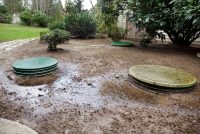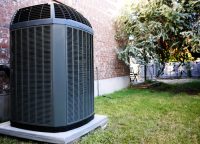The Second Integrated Urban Air Report to Congress—What’s Next?
The Second Integrated Urban Air Report to Congress—What’s Next? With publication of the Second Integrated Urban Air Report to Congress, the U.S. Environmental Protection Agency (EPA) has fulfilled its three primary obligations under the 1990 Clean Air Act (CAA) Amendments. These are: Report twice on accomplishments realized relative to reducing harmful air toxics; Regulate 90 […]










